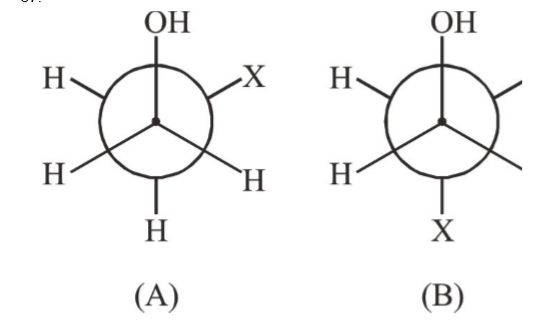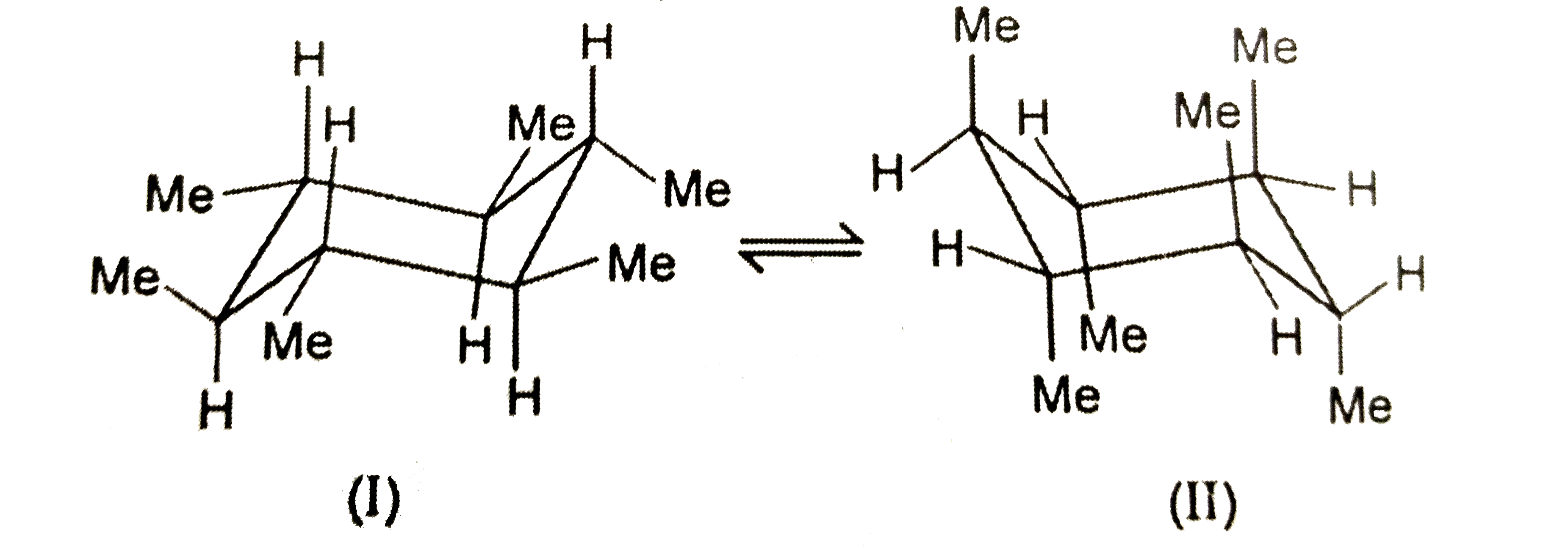Agl−2 complex is more stable than AgF+2, why?
To understand why the complex AgI−2 is more stable than AgF+2, we can analyze the situation using the Hard and Soft Acids and Bases (HSAB) principle. Here's a step-by-step breakdown of the reasoning:
Step 1: Identify the nature of the complexes
- Complex 1: AgI−2
- Complex 2: AgF+2
Step 2: Determine the characteristics of the components
- Silver ion (Ag+): It is a soft acid because it is a low charge cation and is relatively polarizable.
- Iodide ion (I−): It is a soft base due to its larger size and lower electronegativity.
- Fluoride ion (F−): It is a hard base because it is highly electronegative and small in size.
Step 3: Apply the HSAB principle
- According to the HSAB principle:
- Soft acids prefer to bind with soft bases to form stable complexes.
- Hard acids prefer to bind with hard bases to form stable complexes.
Step 4: Analyze the interactions in AgI−2
- In AgI−2:
- Ag+ (soft acid) interacts with I− (soft base).
- The combination of a soft acid and a soft base leads to a stable complex.
Step 5: Analyze the interactions in AgF+2
- In AgF+2:
- Ag+ (soft acid) interacts with F− (hard base).
- The combination of a soft acid and a hard base leads to an unstable complex.
Step 6: Conclusion
- Since AgI−2 forms a stable complex due to the interaction between soft acid and soft base, while AgF+2 does not form a stable complex due to the interaction between soft acid and hard base, we conclude that:
- AgI−2 is more stable than AgF+2.
Summary
The stability of AgI−2 compared to AgF+2 can be attributed to the nature of the interactions dictated by the HSAB principle, where soft acids and soft bases form more stable complexes than soft acids and hard bases.
---
- Complex 1: AgI−2
- Complex 2: AgF+2
- Silver ion (Ag+): It is a soft acid because it is a low charge cation and is relatively polarizable.
- Iodide ion (I−): It is a soft base due to its larger size and lower electronegativity.
- Fluoride ion (F−): It is a hard base because it is highly electronegative and small in size.
- According to the HSAB principle:
- Soft acids prefer to bind with soft bases to form stable complexes.
- Hard acids prefer to bind with hard bases to form stable complexes.
- In AgI−2:
- Ag+ (soft acid) interacts with I− (soft base).
- The combination of a soft acid and a soft base leads to a stable complex.
- In AgF+2:
- Ag+ (soft acid) interacts with F− (hard base).
- The combination of a soft acid and a hard base leads to an unstable complex.
- Since AgI−2 forms a stable complex due to the interaction between soft acid and soft base, while AgF+2 does not form a stable complex due to the interaction between soft acid and hard base, we conclude that:
- AgI−2 is more stable than AgF+2.
The stability of AgI−2 compared to AgF+2 can be attributed to the nature of the interactions dictated by the HSAB principle, where soft acids and soft bases form more stable complexes than soft acids and hard bases.
Topper's Solved these Questions
- CONCEPT OF ACIDS AND BASESBook:FIITJEEChapter:CONCEPT OF ACIDS AND BASESExercise:ASSIGNEMENT PROBLEMS (OBJECTIVE)Level-I
Explore 50 Videos
- CONCEPT OF ACIDS AND BASESBook:FIITJEEChapter:CONCEPT OF ACIDS AND BASESExercise:ASSIGNEMENT PROBLEMS (OBJECTIVE)Level-I REASONING TYPE QUESTONS
Explore 2 Videos
- CONCEPT OF ACIDS AND BASESBook:FIITJEEChapter:CONCEPT OF ACIDS AND BASESExercise:ASSIGNMENT PROBLEMS (SUBJECTIVE)Level-I
Explore 12 Videos
- CHEMISTRY IN EVERY DAY LIFE Book:FIITJEEChapter:CHEMISTRY IN EVERY DAY LIFE Exercise:ASSIGNMENT PROBLEMS (OBJECTIVE) Level - II (Numerical Based Questions)
Explore 5 Videos
- ELECTROCHEMISTRYBook:FIITJEEChapter:ELECTROCHEMISTRYExercise:Matcing Type Single Correct Questions
Explore 3 Videos
Similar Questions
Knowledge Check
Why is a .42He nucleus more stable than a .43Li nucles ?
AThe strong nuclear force is larger when the neutron to proton ratio is higher1BThe laws of nuclear physics forbid a nucleus from containing more protons than neutrons.CForce other than the strong nuclear force make the lithium nucleus less stable.DNone of the above.Assertion:- N+2 is more stable than N−2
Reason:- N+2 has less electrons in antibonding orbital .AIf both Assertion & Reason are True & the Reason is a correct explanation of the Assertion.BIf both Assertion & Reason are True but Reason is not a correct explanation of the Assertion.CIf Assertion is True, but the Reason is False.DIf both Assertion & Reason are false
Why H2 is more stable than H+2 while He+2 is more stable than He2 ?
View SolutionWhy PbX2 is more stable than PbX4?.
View SolutionWhy is ICl more reactive than I2 ?
View SolutionWhy is Icl more reactive than I2 ?
View Solution
A will be more stable than B if X is :
View SolutionOut of Cu2Cl2 and CuCl2, which is more stable and why?
View Solution
